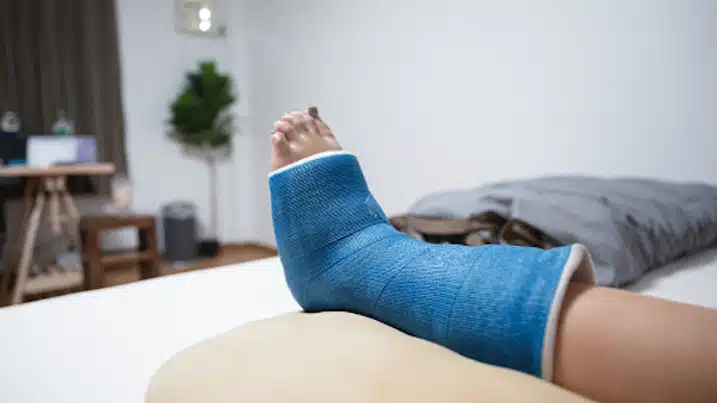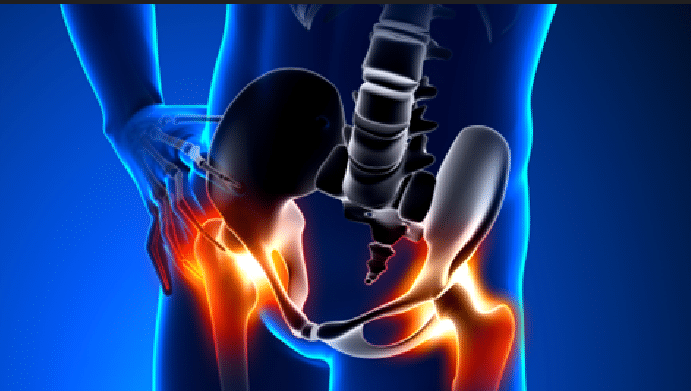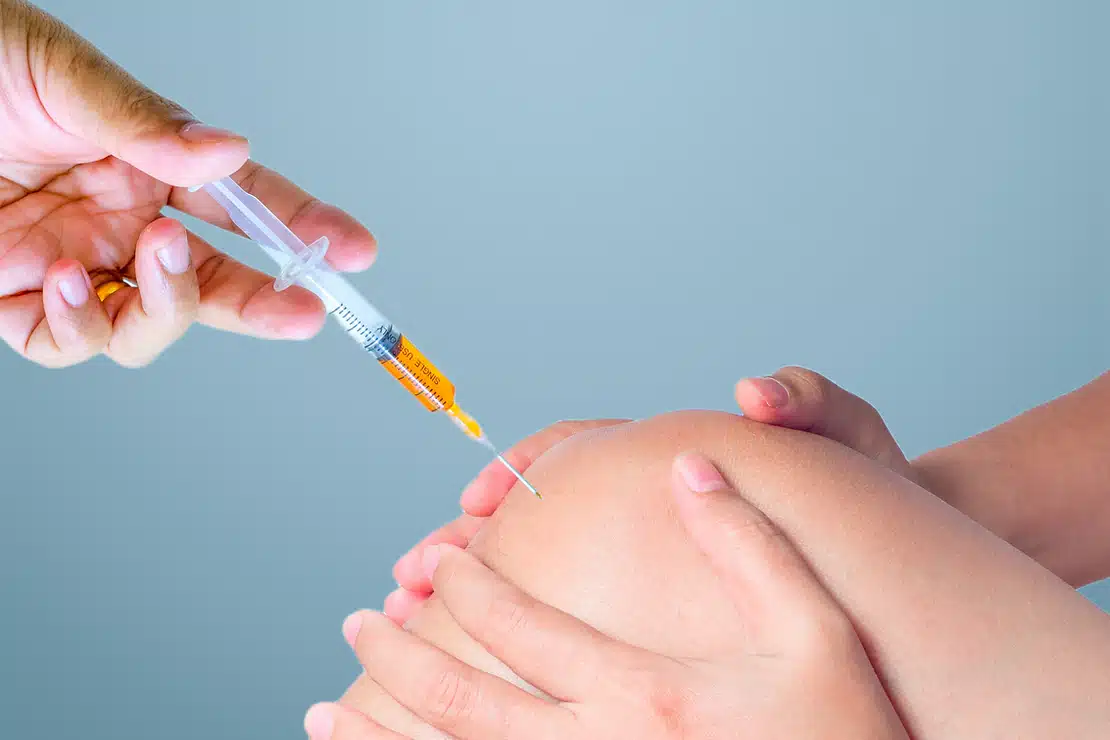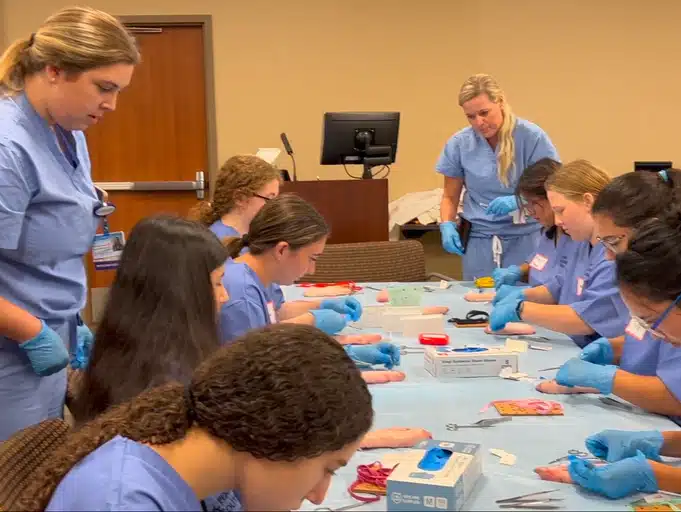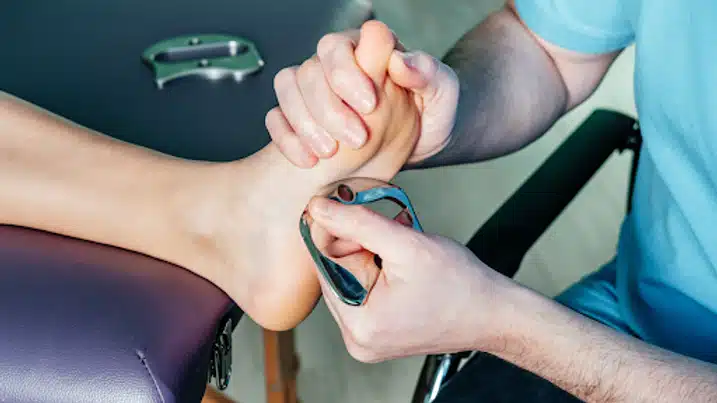Treating and caring for a bone fracture can be a complex and delicate matter. Depending on various factors, including the kind and size of bone fracture, your treatment plan could vary from one fracture to another. No matter what type of bone fracture you’re experiencing, the first step you should always take is an orthopedic or surgical professional to help diagnose the bone fracture and create a treatment plan specific to your needs.
After an x-ray or diagnostic procedure, your treatment plan can go several different ways. Let’s take a look at some of the most common ways to treat and care for a bone fracture:
Cast/Splint. Casts made of plaster or fiberglass are great for healing a bone fracture because of the immobilization, which can help hold bones and joints in place as they heal. Functional casts and splints, made of metal, plastic, and fabrics, can also do the same thing. Your medical professional will review your case and choose which cast is best for you.
Physical Therapy. Before surgery is considered, your doctor may want you to try physical or occupational therapy to help you recover. A physical therapist or occupational therapist will give you a variety of exercises to help your flexibility, range of motion, and stiffness in the affected area. You will likely be referred to a specific therapist by your doctor to help you with the process.
Medication. If you are experiencing symptoms such as swelling, bruising, growing deformities, or pain, your doctor may prescribe medication to help ease your experience. However, medication should never be the only treatment that should always be used in tandem with another treatment plan. Remember, medication will only mask/stop your symptoms; it won’t heal your fracture!
Surgery. Some fractures require surgery to recover. During an internal fixation surgery, a surgeon will use pins and screws to help hold your broken bones and joints. An external fixation surgery uses these same metal pins and screws to temporarily keep the bones/joints in place, connected to a metal bar outside the skin to stabilize the fracture as it heals.
Rehabilitation. After any treatment plan, your medical professional will make a rehabilitation plan to help you heal. This will include the timeline for recovery, which can vary depending on the injury, your age, and general health. You may also need continued physical therapy after surgery to help you gain strength, mobility, and flexibility back.
Florida Joint Care is dedicated to providing exceptional orthopaedic care to our community efficiently and compassionately. Since its opening in 2011, Florida Joint Care has offered various services to its patients, including joint reconstruction, fracture care, physical therapy, and much more. Visit our website to learn more, or call us at 727-372-6637 to book an appointment today!
Sources:
https://generationsregency.com/rehabilitation/fracture-care/
https://www.coastalorthoteam.com/blog/fracture-care-treatment-when-is-a-cast-not-good-enough


